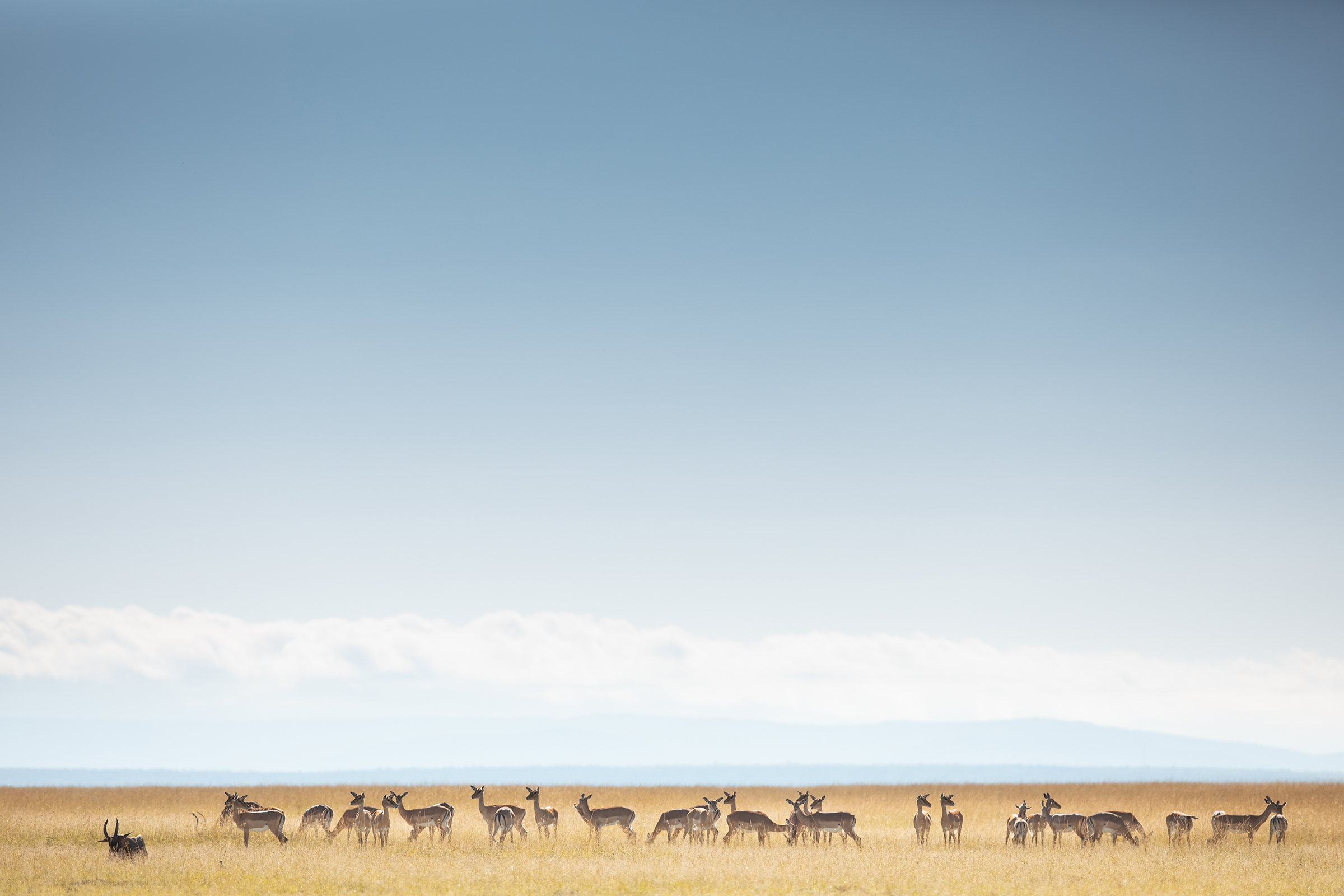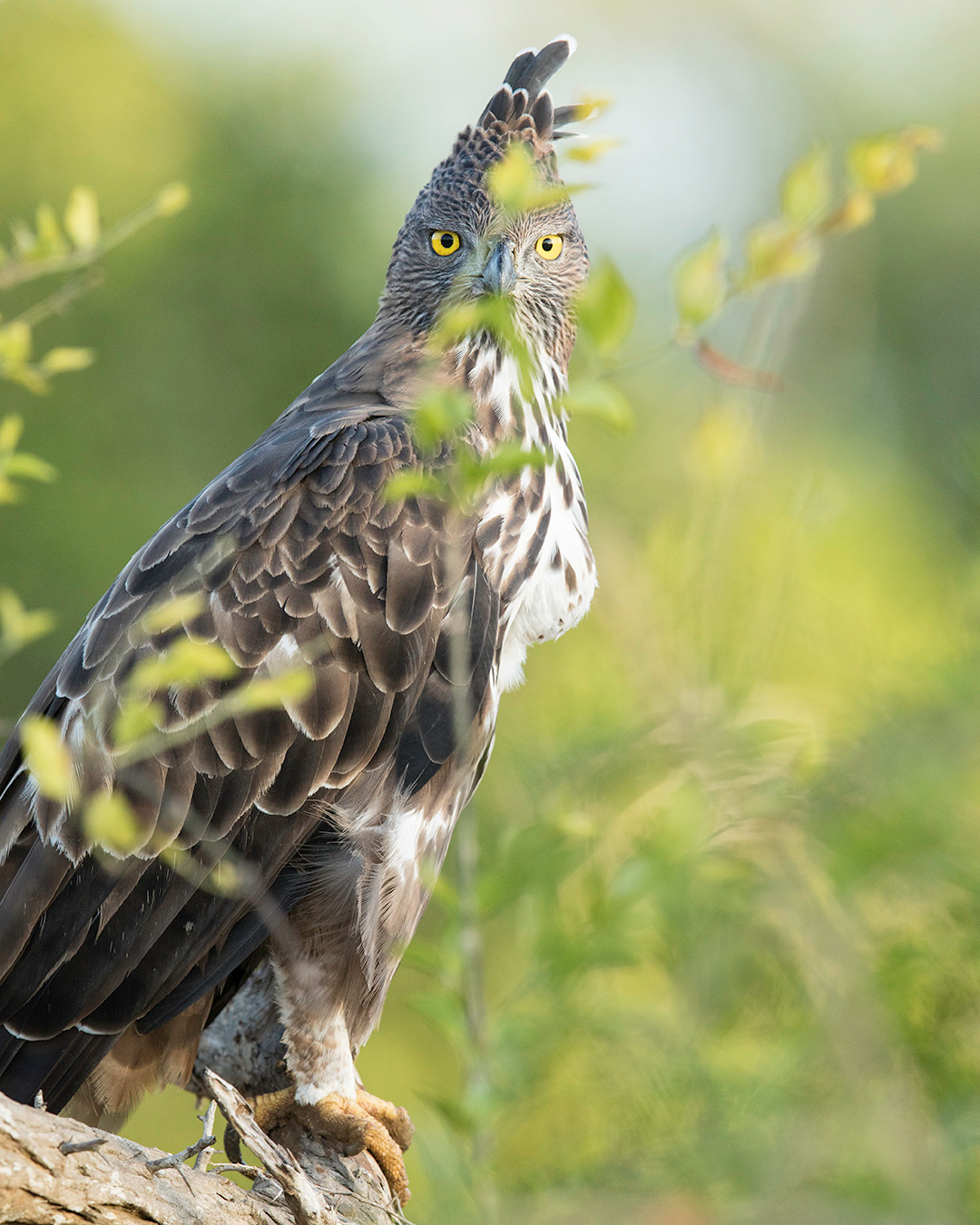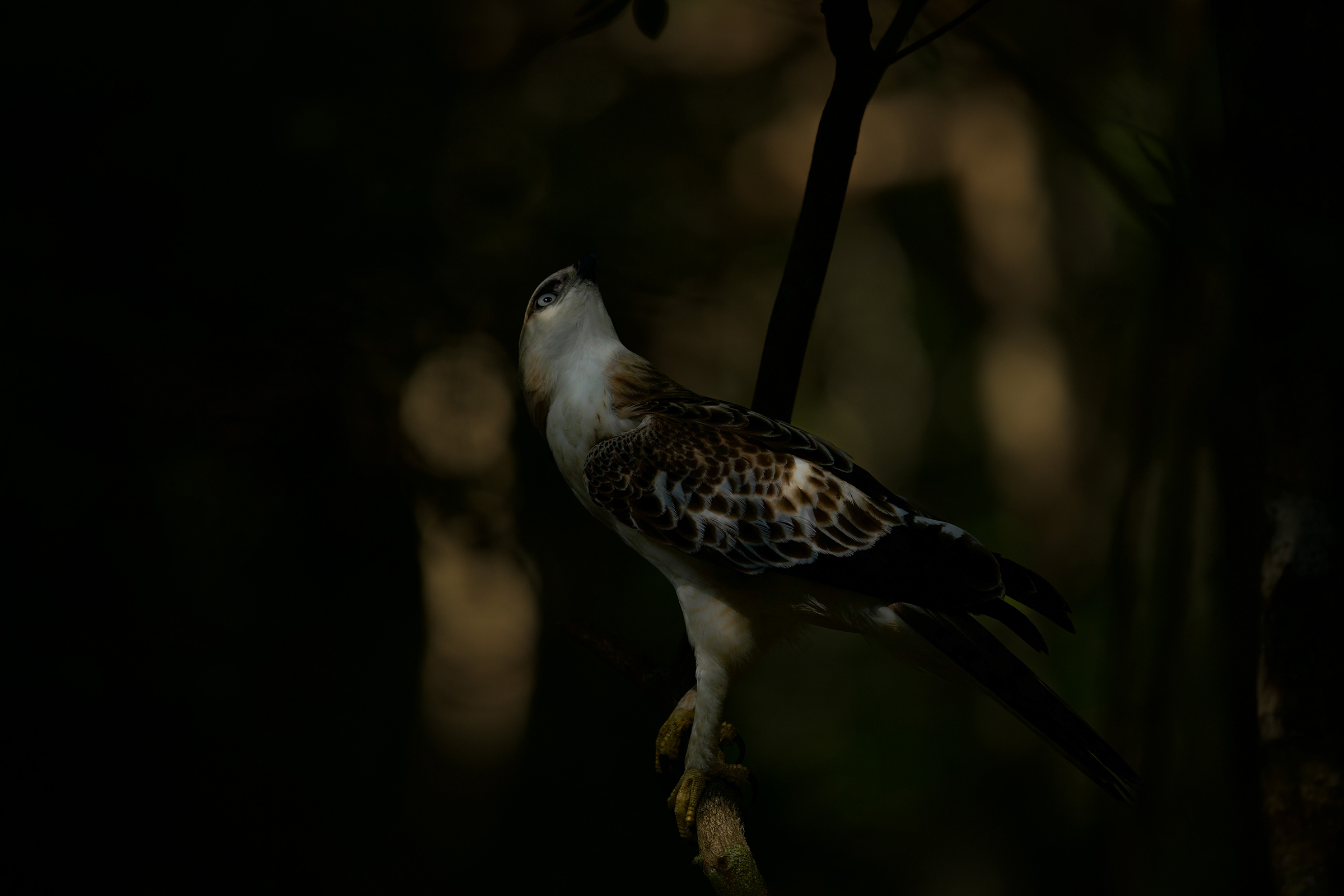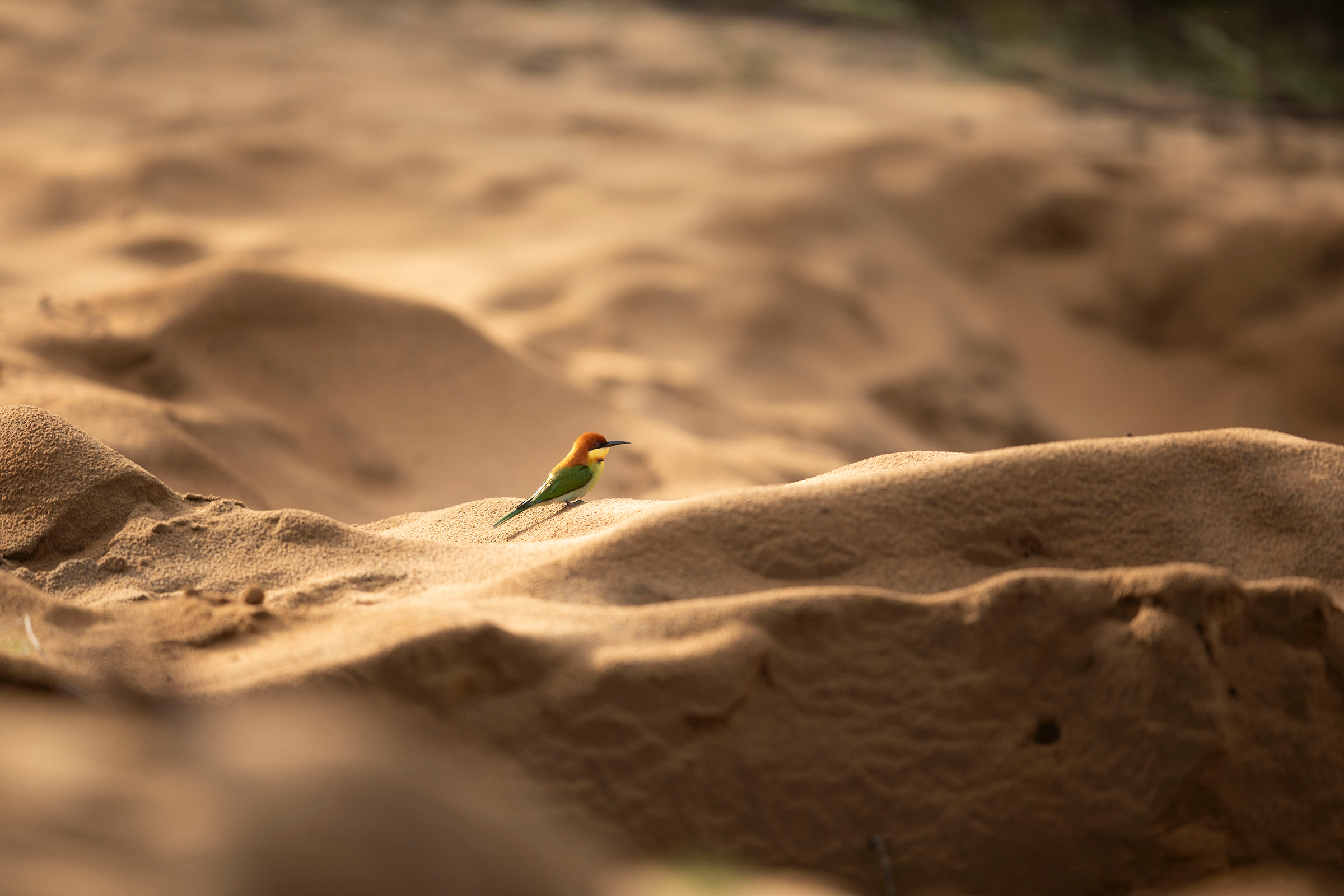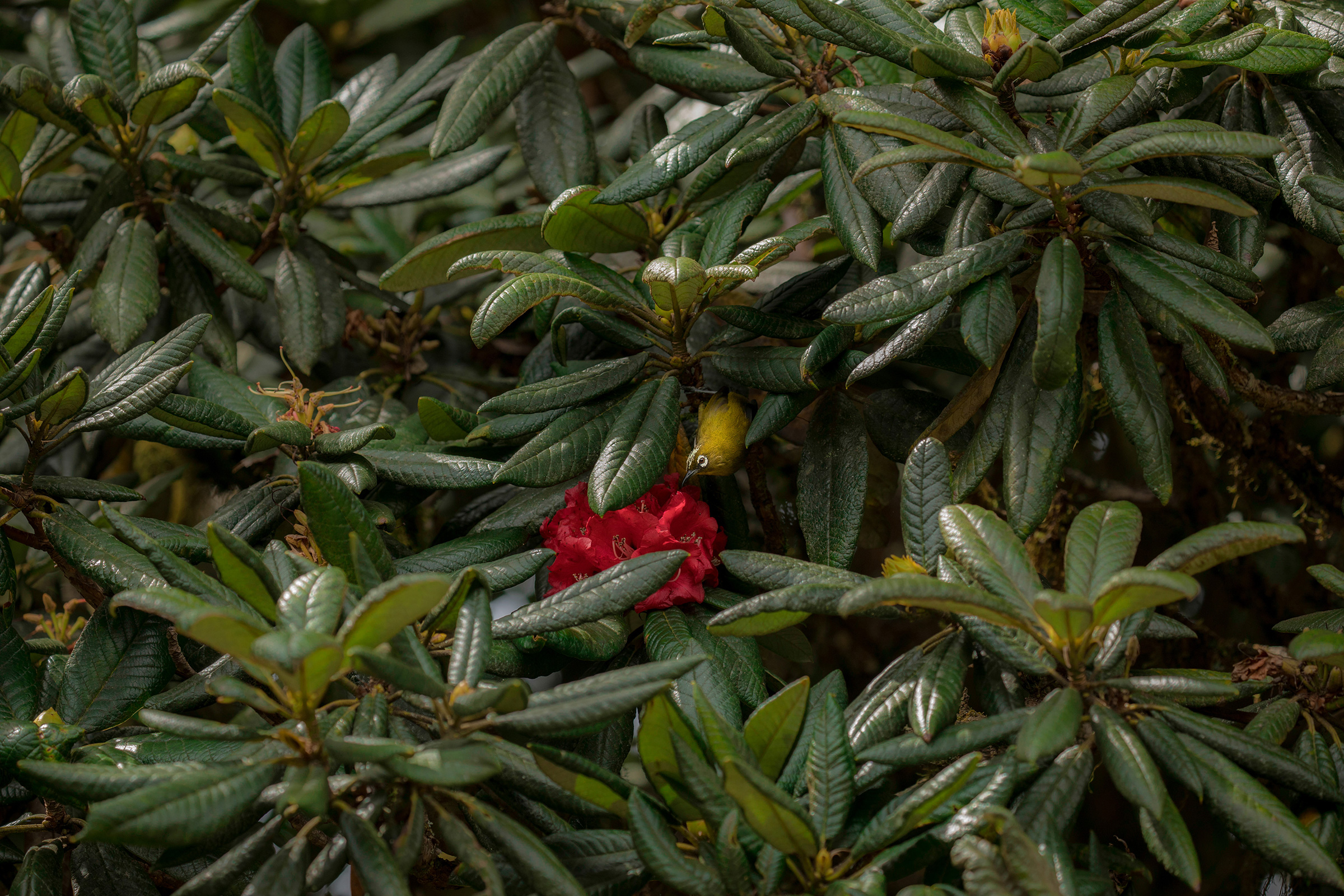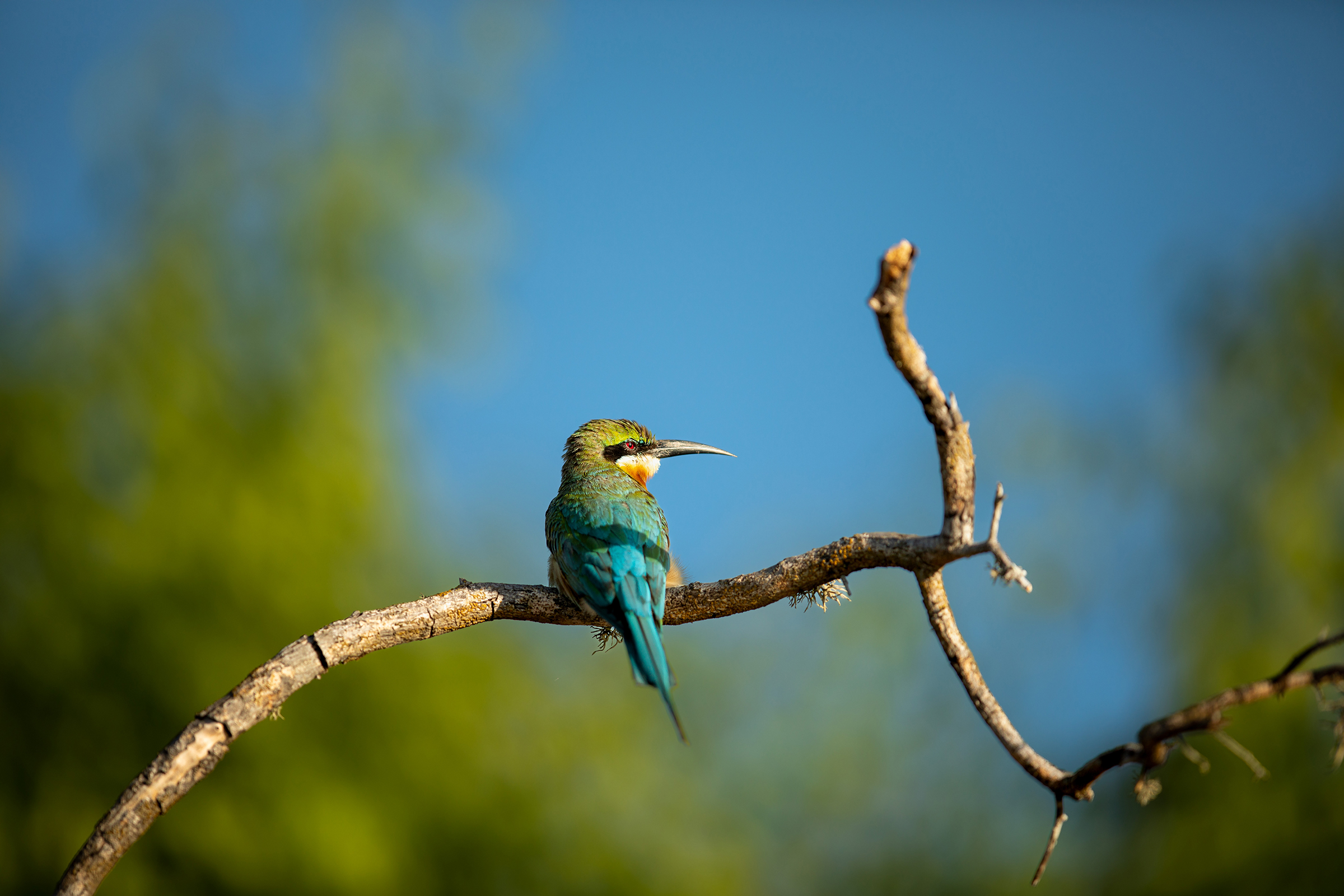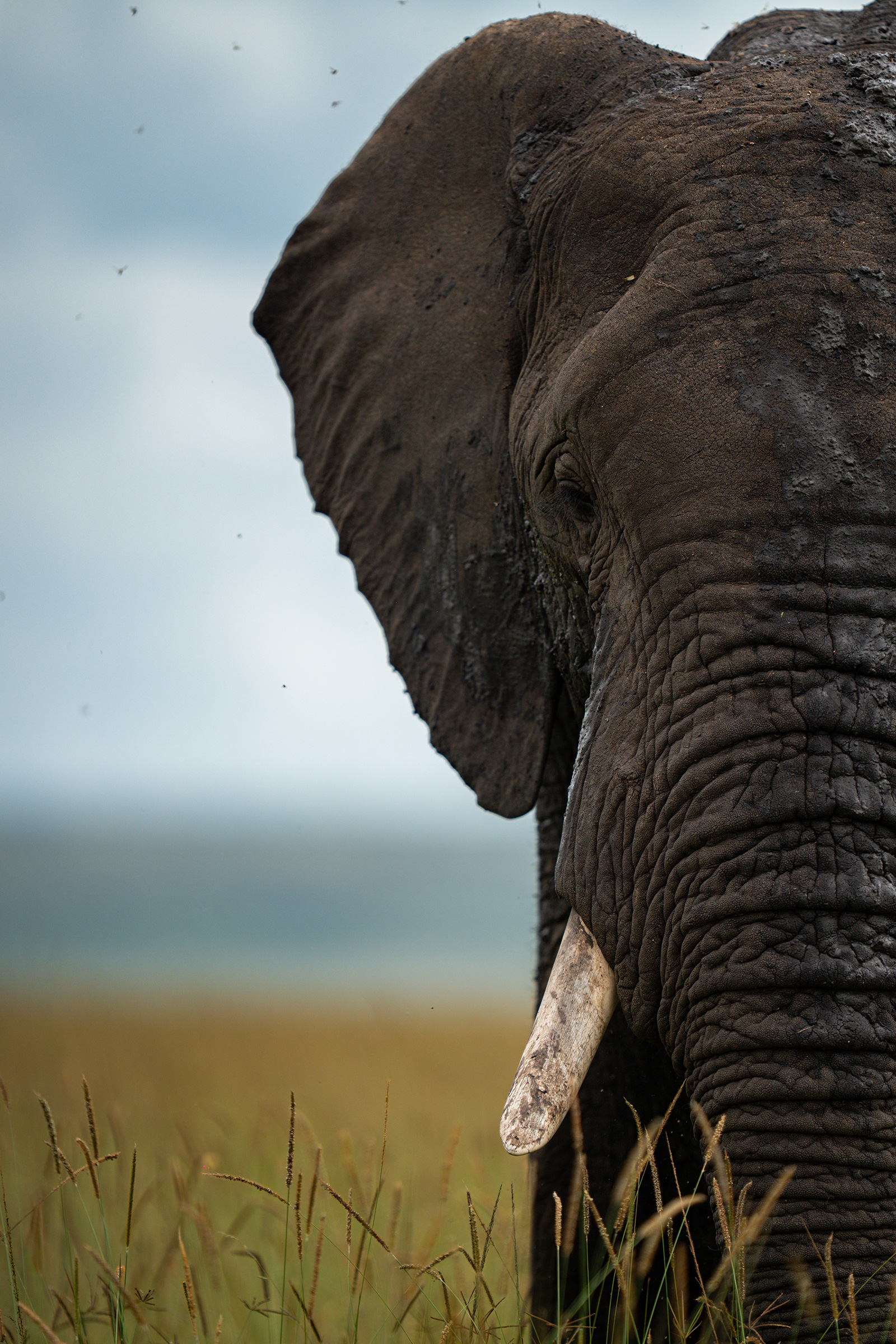How did your interest in wildlife arise?
Growing up, I spent hours watching NatGeo, Discovery, and Animal Planet channels with my grandfather. I was fascinated and always thought, how cool would it be to be part of the team capturing all this? I have also always loved animals, so it felt natural.
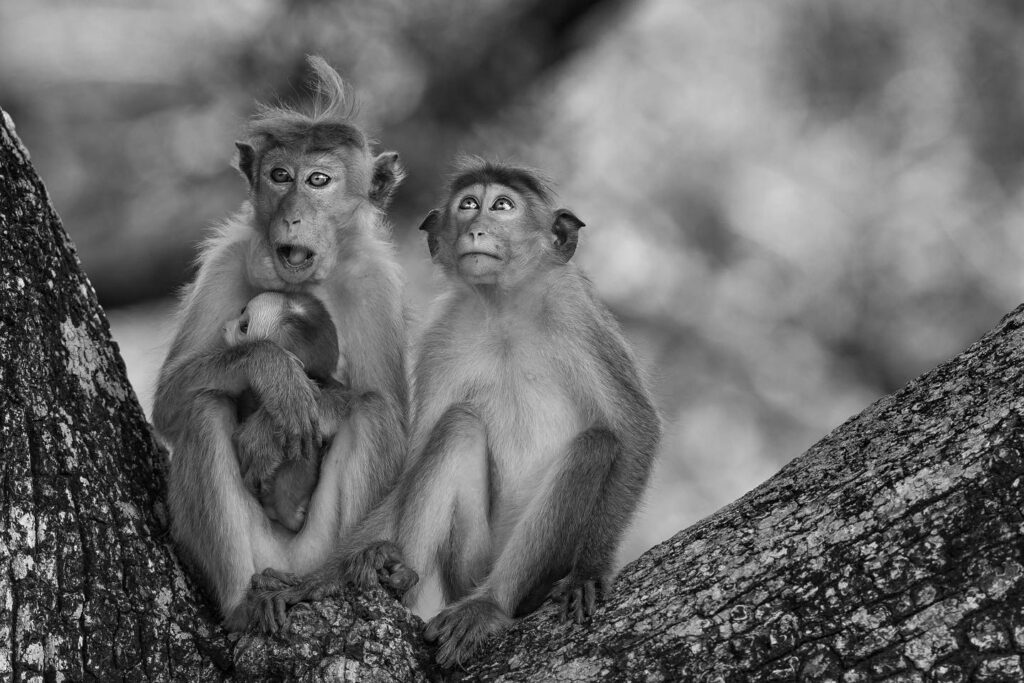
Being raised on an island so rich in wildlife also shaped me – from leopards and elephants to the incredible birdlife, nature was never too far away. After Covid, just as the lockdowns ended, I started visiting Sri Lanka’s national parks with my friends. I borrowed a camera and began clicking away, and I got completely hooked. From then on, I couldn’t stop going back to the wild, trying to capture these elusive, majestic animals. That was how it all started.
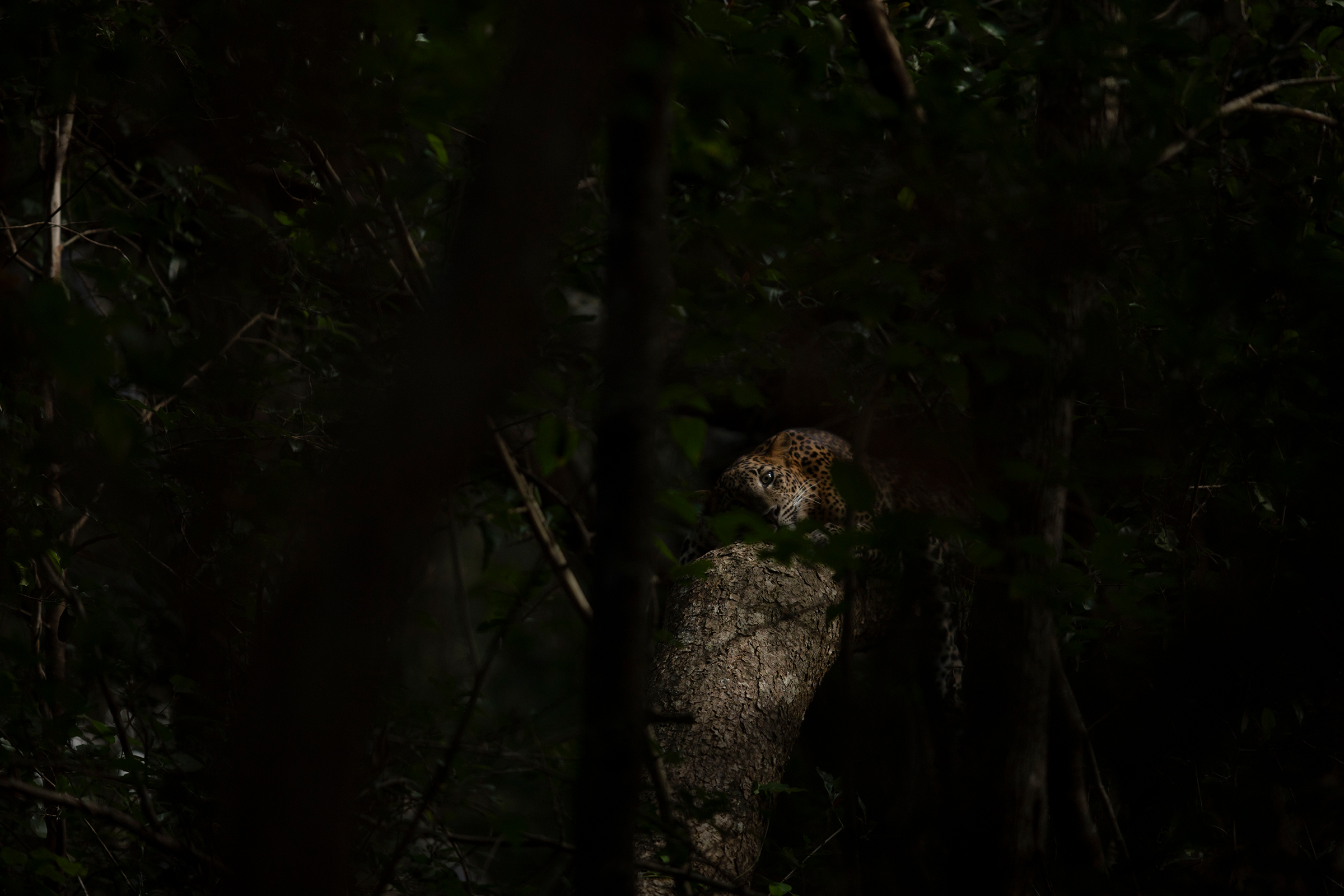
How do you describe your journey as a photographer and a person?
My journey as a photographer has been one of passion, learning, and growth. Wildlife photography has taught me patience, discipline, and deep respect for nature. Spending hours waiting for a single moment has changed me – it has made me calmer, more grounded, and more connected to the world around me.
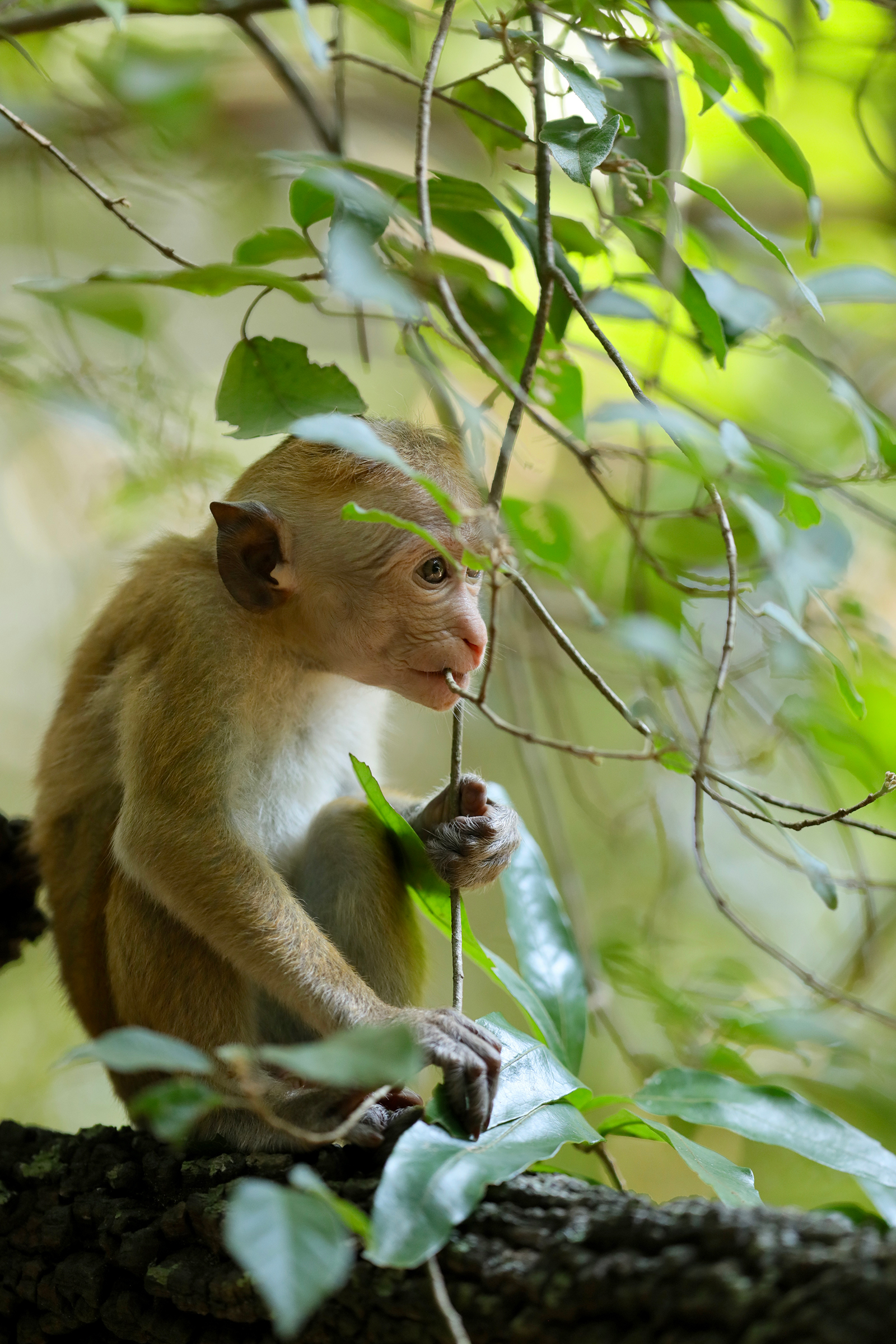
To every girl who dreams of holding a camera in the wild: this path is not just about capturing beautiful images. It is about learning to see it differently, to value every sound, every movement, and every life form in the forest. Through this work, we become storytellers for nature, giving a voice to the animals and landscapes that cannot speak for themselves.
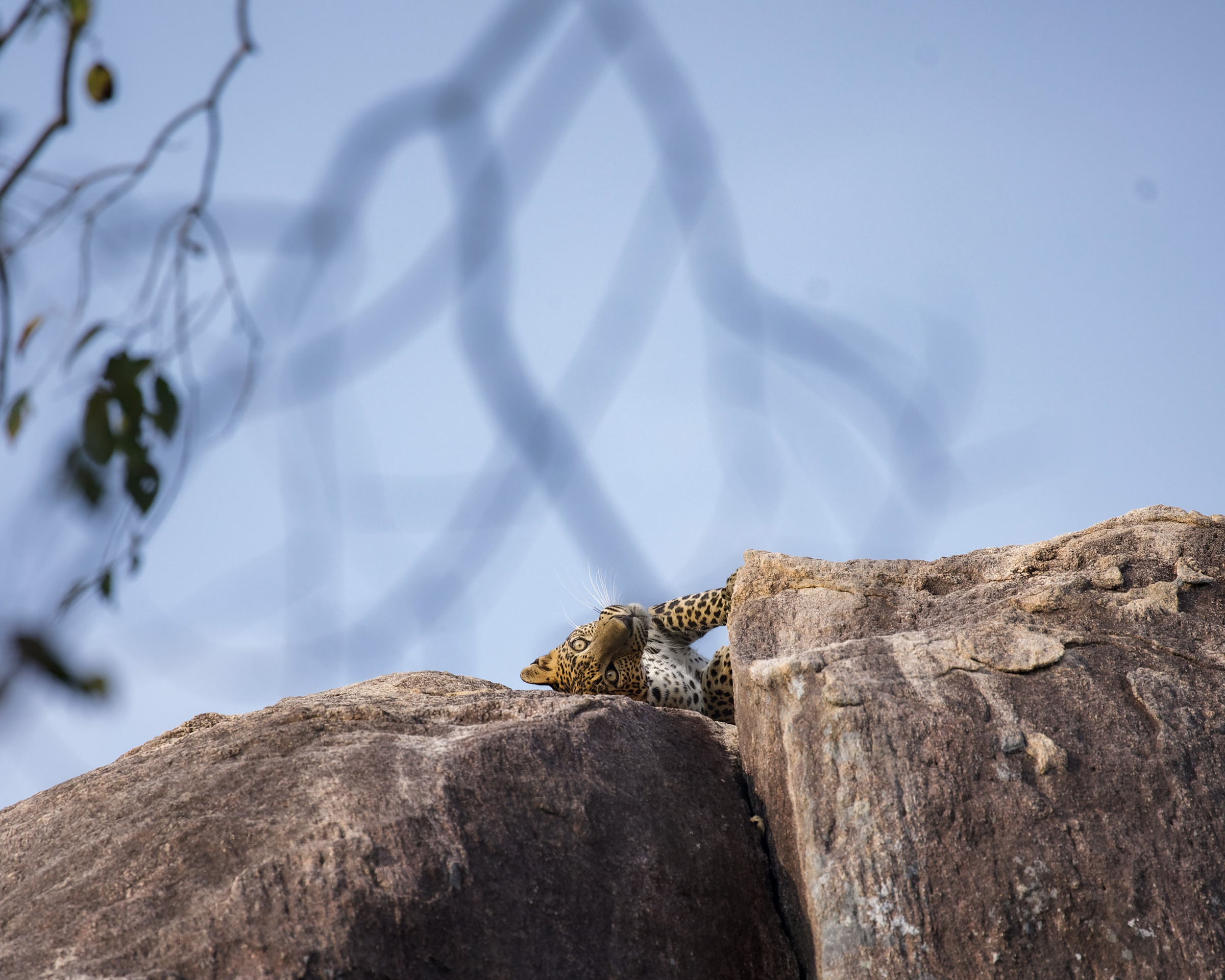
Photography has the power to inspire change. By following this passion, you are not only discovering strength within yourself, but also helping protect the wild places and creatures that make our planet so extraordinary.
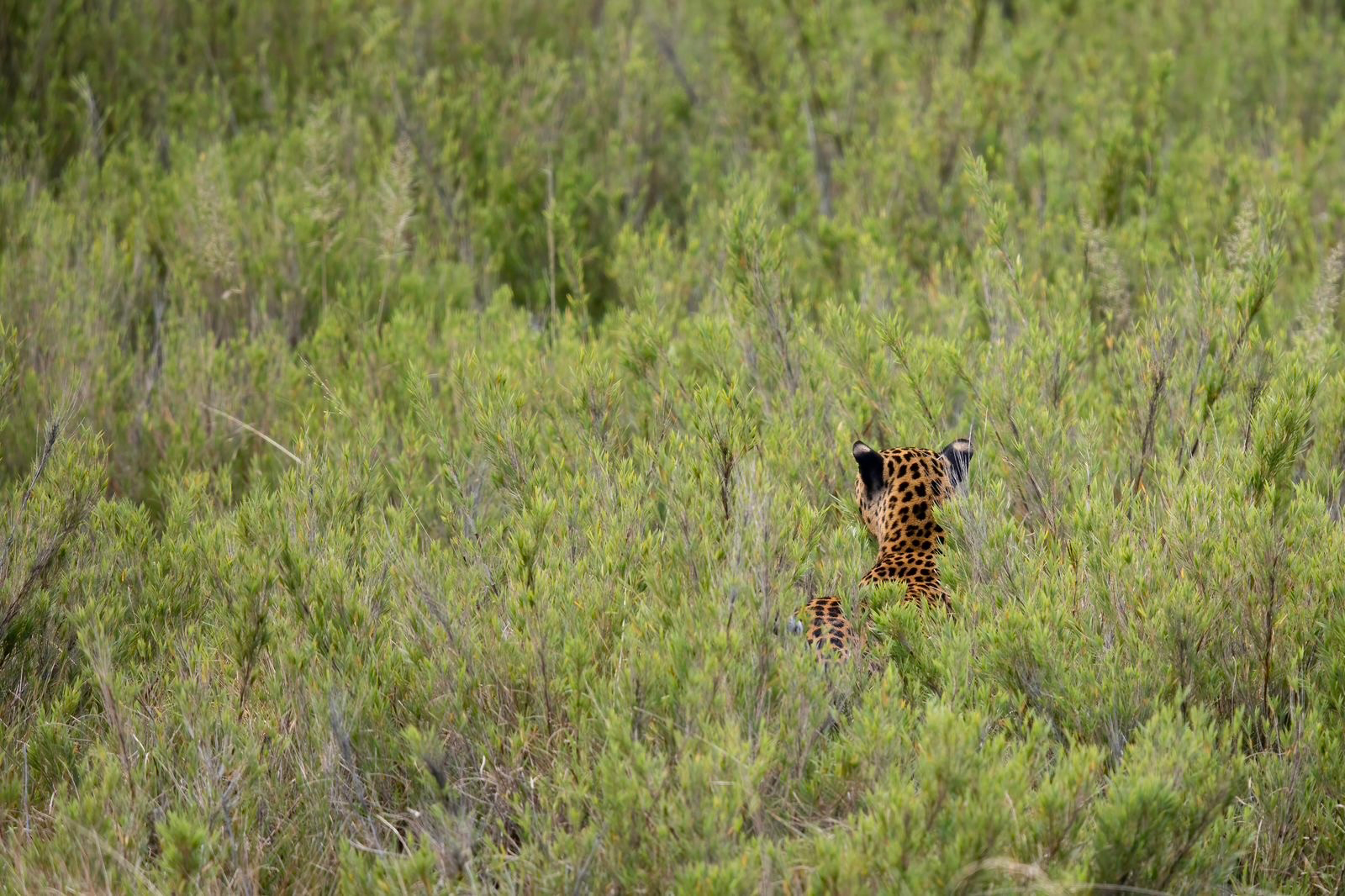
What is your view on Wildlife Conservation? How can we, as photographers, help protect nature?
Conservation is everything. As photographers, we can:
• Raise Awareness by documenting vulnerable species and habitats, showing the impact of human activity.
• Create Connections by capturing the emotions and personalities of animals so people truly care.
• Tell Stories by Adding context through captions and narratives, highlighting both problems and solutions.
At the end of the day, our images can inspire people to protect what they might never witness their subjects in person.
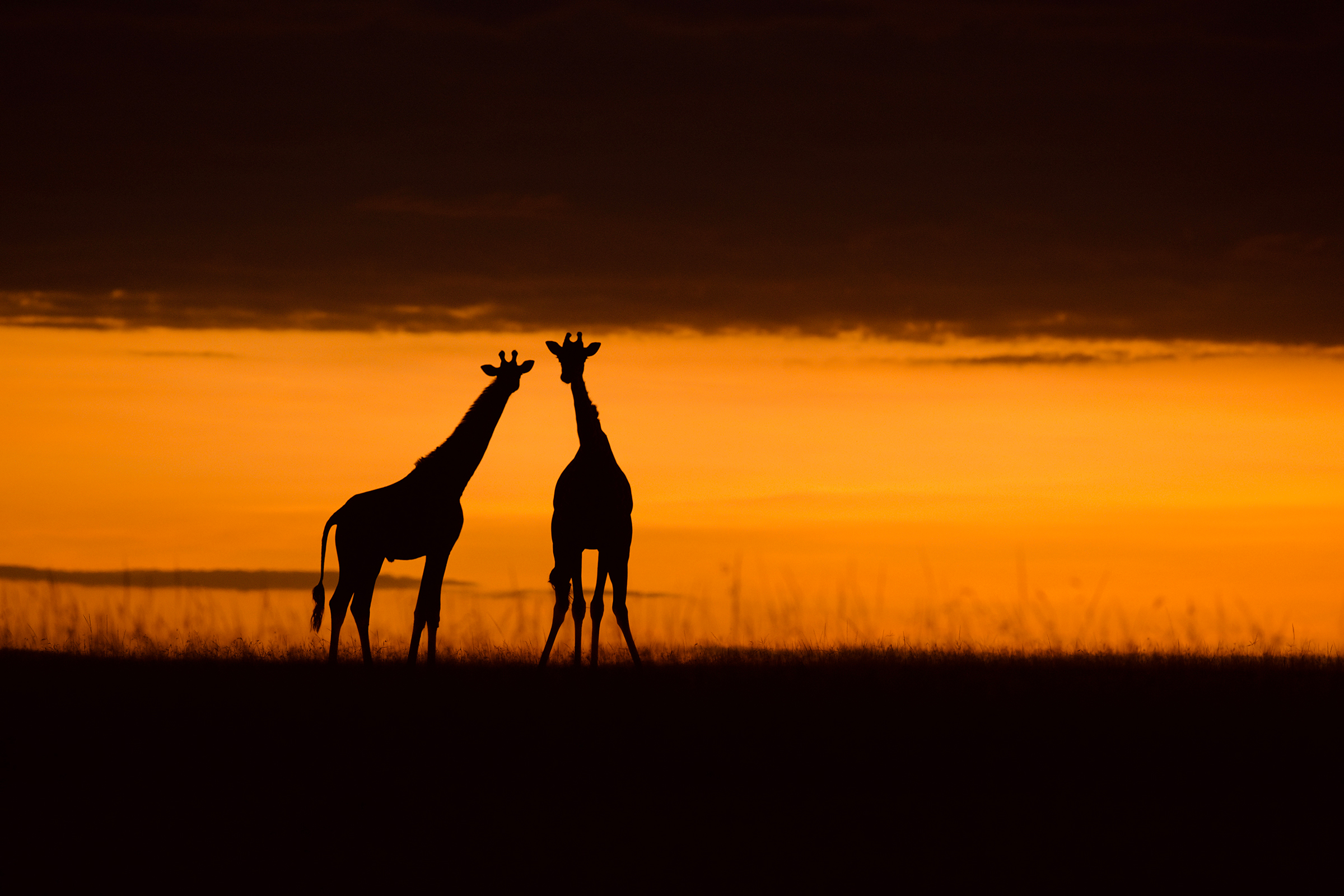
Can you share your best wildlife photography tips?
Wildlife photography is tough – miss the moment, and it is gone forever. A few tips I live by:
• Know Your Subject: patience is everything. Watch an animal’s behavior closely with practice, you will start predicting its movements and capturing those rare, magical moments.
• Composition Matters: shoot at eye level for intimacy and include the environment to tell a bigger story.
• Manual Mode: always shoot manual. It gives you control over lighting and allows your creativity to shine.
• Enjoy the Moment: don’t forget to lift your eyes from the camera or viewing window. Savor the experience with your own eyes, feel the jungle around you, and let the magic of the moment sink in. Sometimes, the memory itself is the most beautiful shot you will ever take.
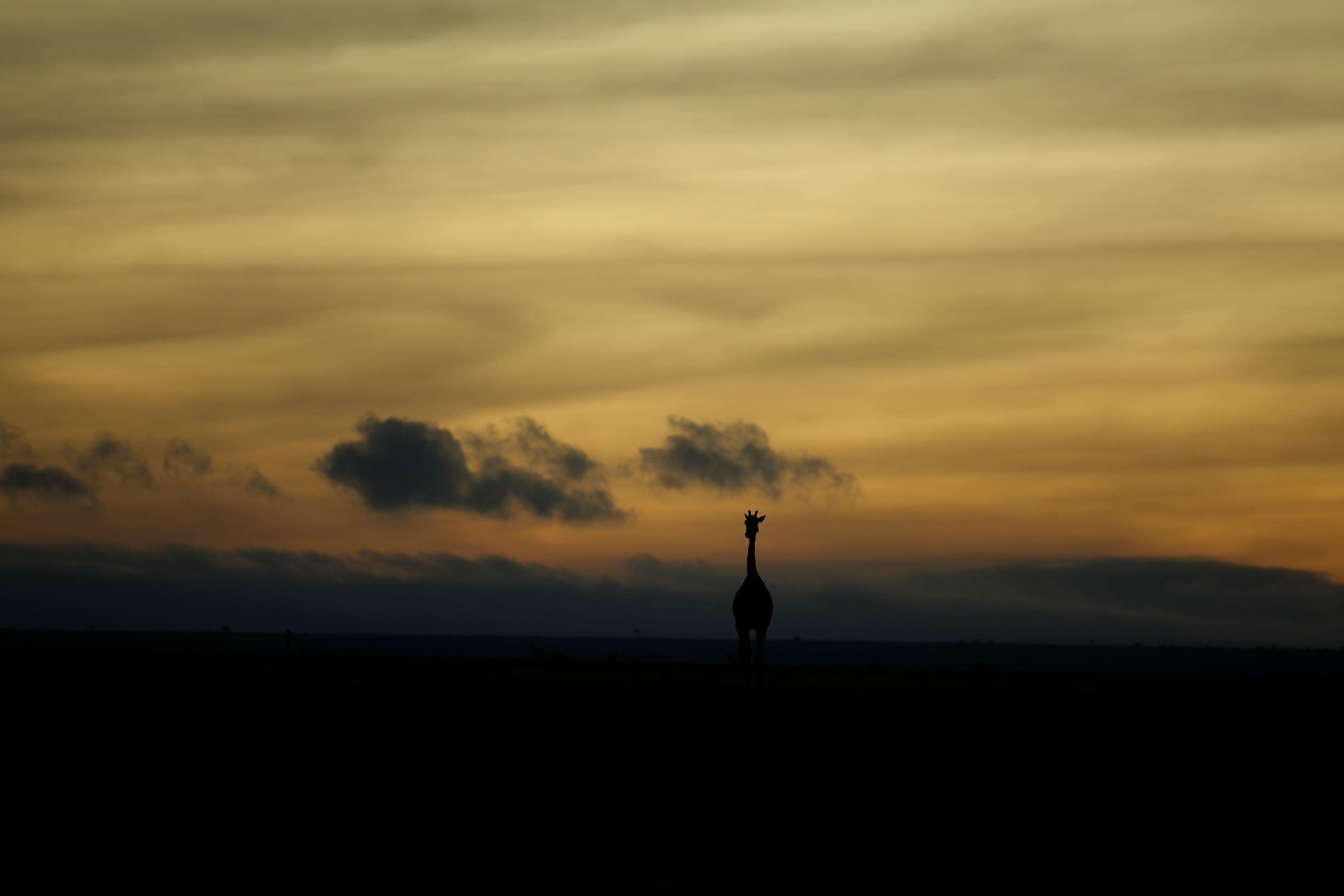
What are your future plans in wildlife photography?
For me, the future of my journey in wildlife photography is rooted in conservation and storytelling. My dream is to be part of film crews with platforms like NatGeo or BBC, where powerful stories about the wild can reach millions and inspire real change.
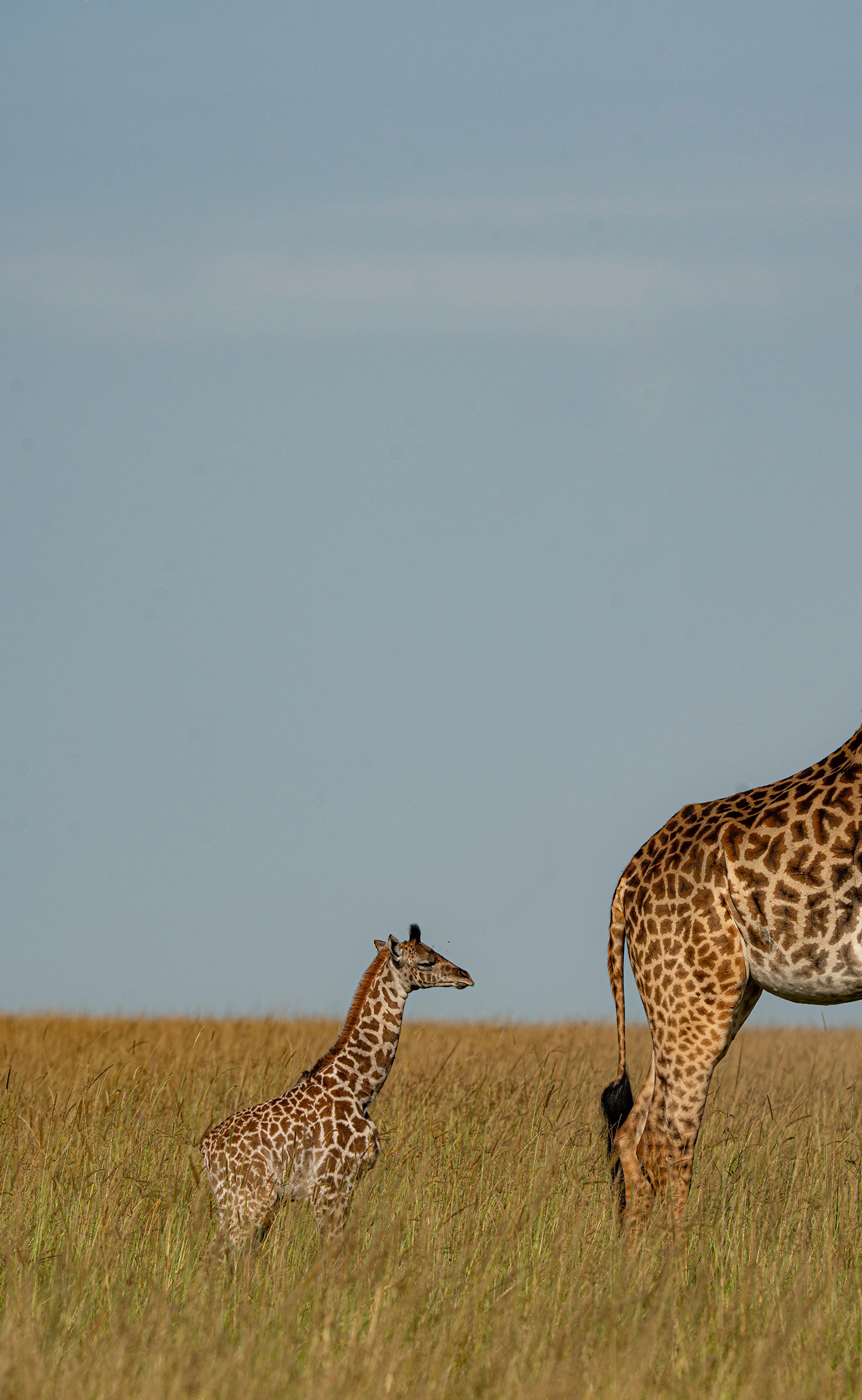
One day, I hope to create my own documentary – not just to showcase the beauty of wildlife, but to highlight the urgent need to protect it. I want my work to do more than capture breathtaking images; I want it to remind people of their connection to nature. In today’s fast-moving world, we often forget that we are part of the same ecosystem as the leopard in Yala or the elephants crossing our plains. Through photography and film, I hope to encourage people to spend more time in nature, to value it, and to take action to conserve it for generations to come.
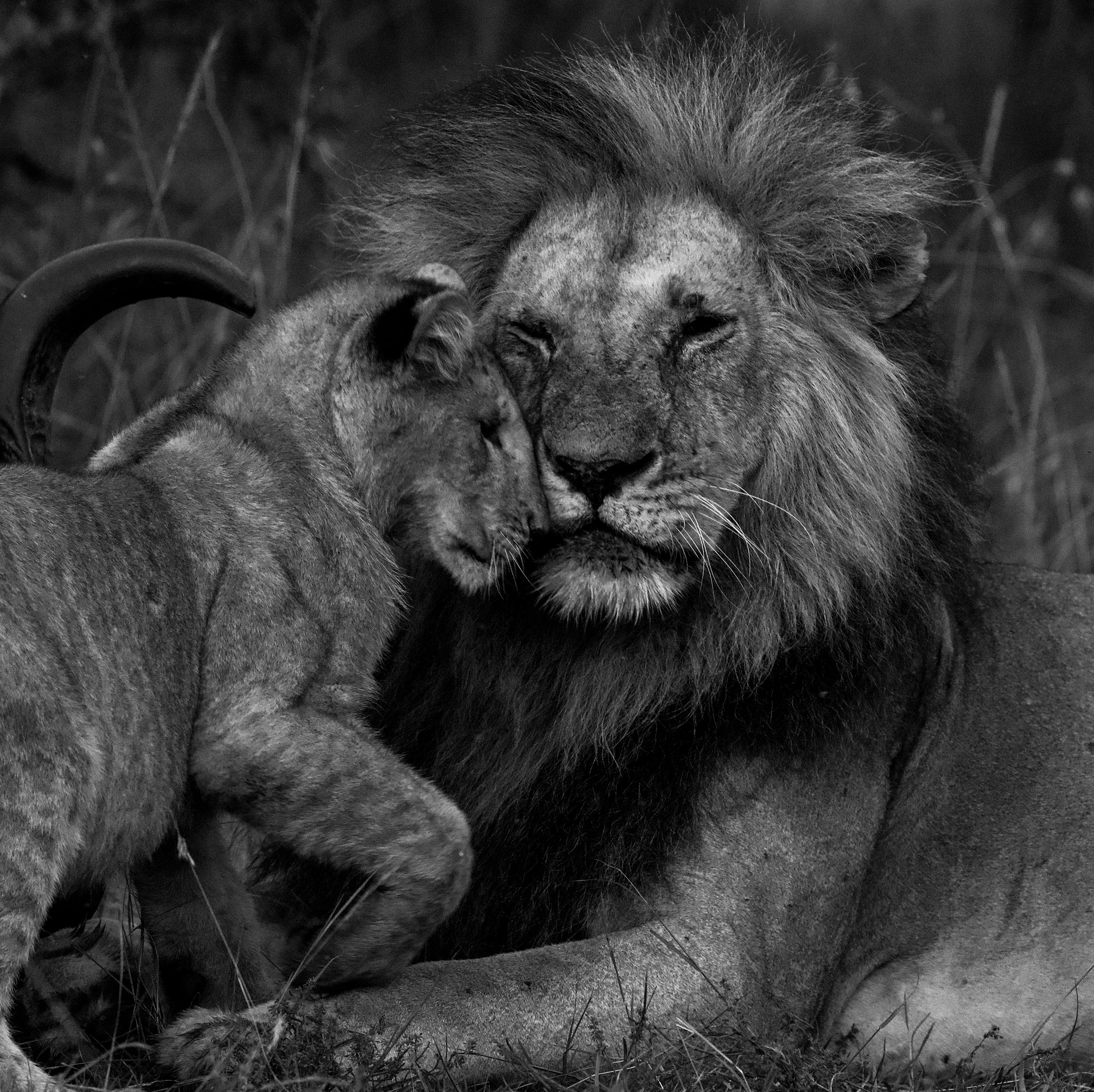
Tell us about your gear.
I started with a Canon 5D Mark IV and a 100 – 400mm lens, a great setup to begin with. It is reliable, user-friendly, and light enough to carry on long days in the field. Recently, on my last trip to the Masai Mara, I tried the Sony A7 IV with a 400mm f/2.8 lens, and I absolutely loved it. The performance in low light was incredible, which makes such a difference when shooting wildlife at dawn or dusk.
